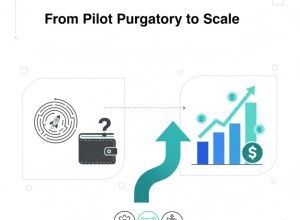When to Keep Python Off the Line: Risk-Based Rules
Python is flexible, powerful, and easy to deploy — but that same flexibility makes it risky for real-time control. Knowing when not to use Python on the shop floor is part of professional engineering judgment.
When Python Doesn’t Belong
- Safety loops: Never place Python in SIL-rated control paths.
- Hard-real-time operations: PLC scan cycles and motion profiles require deterministic timing that Python cannot guarantee.
- High availability systems: Unhandled exceptions or library updates can break critical logic.
Safe Use-Cases
- Data analysis and reporting outside control loops.
- Predictive maintenance models running on isolated edge servers.
- Offline simulation and recipe optimization tasks.
Risk-Based Framework
Apply the same methodology used in safety systems — severity × likelihood × detectability — to assess each Python deployment. Where the score exceeds tolerance, isolate it via container or network segmentation.
Example Scenario
A metal forming plant ran a Python script to compute OEE directly on the HMI PC. After a Windows update caused the script to hang, the HMI froze mid-batch. The fix: moving the analytics task to a separate industrial edge node with MQTT output only.
Related Articles
- Python Next to PLCs: Safety, Sandboxing, and IPC
- Scheduling Data Jobs in OT: Cron, MQTT, and Triggers
- Testing Python Pipelines in a Simulated Plant
Conclusion
Python belongs in manufacturing — just not everywhere. Treat every script like a potential hazard, and apply isolation, supervision, and testing before it touches production data or control loops.









































Interested? Submit your enquiry using the form below:
Only available for registered users. Sign In to your account or register here.